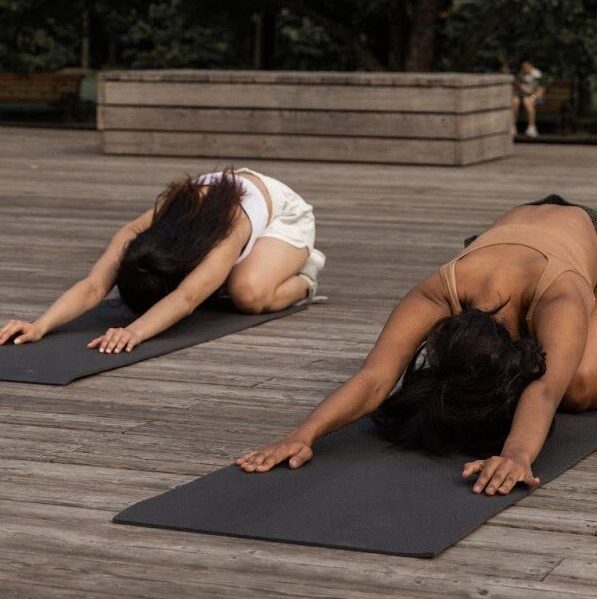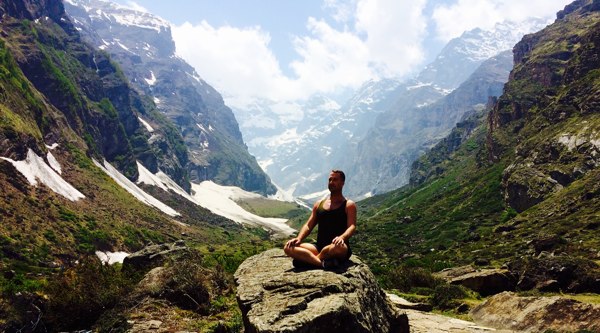Not quite sure how the evolution of yoga affects your practice today? Stick with me to discover surprising insights into yoga history — insights that might just change your entire outlook on yoga!
In the lead-up to writing my latest book, Stop Stretching!, something like 4,856 people asked me:
“How do you separate yoga from stretching? I don’t get it. I thought yoga was stretching?”
Believe me… I understand the plight.
For years, I wondered: How can I continue to teach yoga if I don’t believe in stretching?
The question plagued my mind as I sincerely asked whether I could align my new anti-stretch belief system with my passion for the time-honored practice of yoga.

And yet…
We need only look at the history of yoga to realize that yoga and stretching are not as interdependent as they first appear. So today, I’d like to do exactly that.
In this article, we’ll discuss the origins of yoga so that we can better understand how yoga has evolved and, perhaps more importantly, learn how we might return to the true essence of yoga. Let’s get to it then.
A brief history of yoga
Whether you’re an aspiring yoga teacher, an avid student of the practice, or a curious yoga beginner, you’ve likely asked (or been asked) this question:
What style of yoga do you practice?
It’s an interesting question — and an appropriate starting point for our exploration into the evolution of yoga.
You might be familiar with yoga styles like Bikram, Ashtanga, and Core Power. These are all different name brands sourced from one school of yoga: Hatha. And this is where I’d like to begin our discussion on yoga history.
Author’s note: For a deep-dive on this subject, hop over to The Yogi Club for premium video content on The Evolution of Yoga.
The origins of hatha yoga
There is a good deal of debate about the exact origins of yoga. Based on my examinations of history, I believe the first practices of yoga (though it wasn’t called yoga until much later) began over 5,000 years ago in the Indus Valley (present-day Pakistan’s Punjab and Sindh provinces).
I talk more about the pre-classical period of yoga in my book, but for now, I’d like to jump ahead to 500 BCE-100 BCE, otherwise known as the classical period.
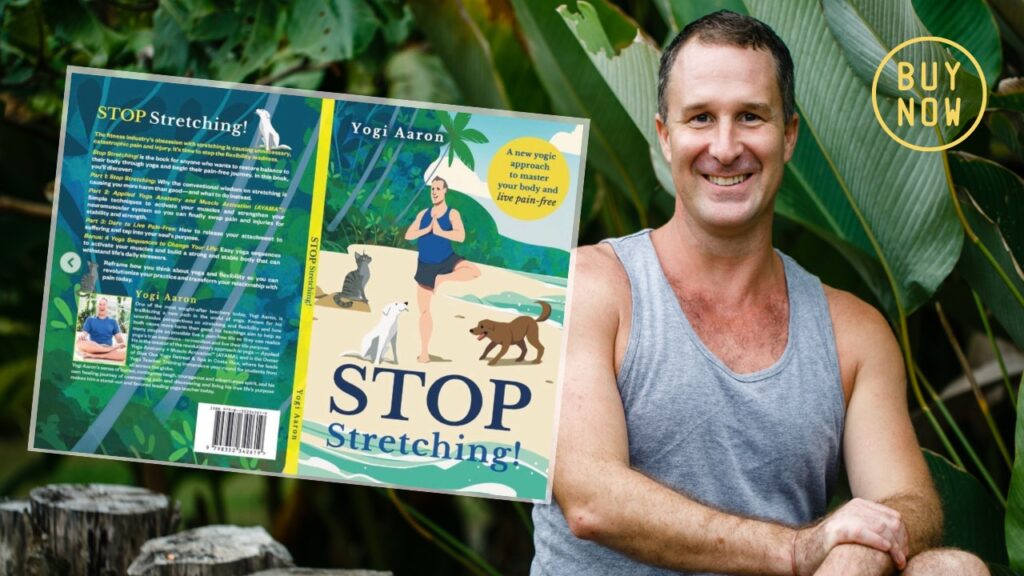
The classical period is a game-changing time in yoga history.
This is when the great sage Patanjali writes the Yoga Sutra, the first compilation of yogic philosophy and teachings to achieve harmony of the mind, body, and soul. A compendium of 196 phrases on how to attain eternal happiness, only three of the yoga sutras mention physical yoga postures, and all three of these postures are simple seated poses!
There is no reference to stretching and no talk about flexibility in the Yoga Sutra. I want you to remember this…
We now make a historical jump to sometime around the 15th century when Yogi Swatmarama wrote a continuation of the Yoga Sutra called the Hatha Yoga Pradipika. This ancient text would inspire yoga as we know and practice it today, particularly in the Western world, furthering the evolution of yoga.
The Hatha Yoga Pradipika teaches us that prana, or life-force energy, affects our thoughts and, ultimately, our minds. By moving, we can shift the energetic momentum in our bodies and calm our racing minds to move into a deeper state of meditation.
As a direct result of the Hatha Yoga Pradipika, yogis began incorporating physical yoga postures into their regular practices.
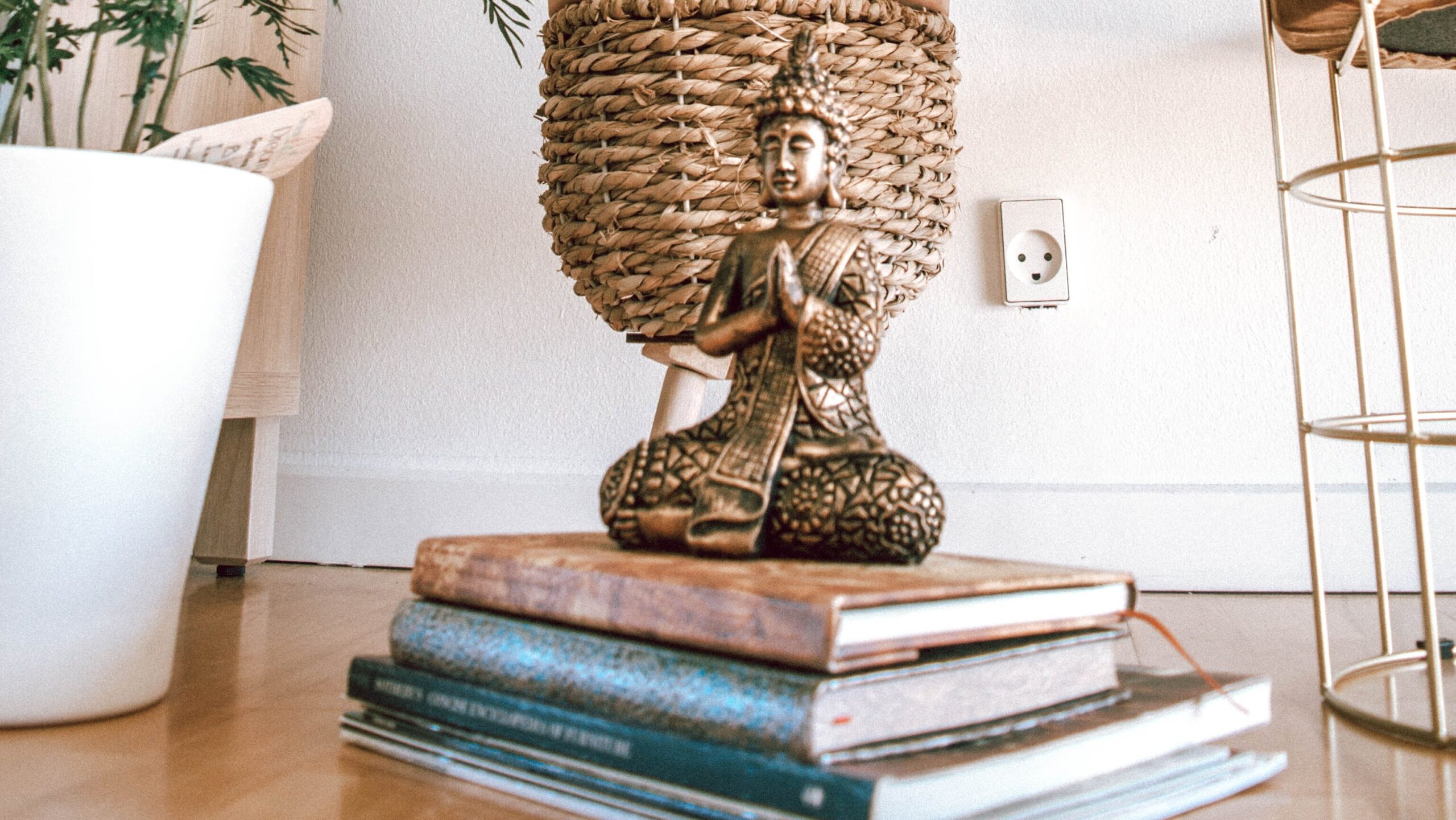
However, we’re still not discussing mind-boggling contortions or back-breaking yoga flows. Instead, every yoga posture outlined in this ancient text occurs in a seated or supine position, except for simple inversions like headstands and shoulder stands.
There is no mention of balancing postures like tree pose, no explanation of scorpion pose, and no reference to fingertip handstands.
This bears repeating:
Up until this point in the evolution of yoga, only a few yogis practiced asanas.
The rise of Hatha Yoga in yoga history was radical in that it offered physical postures as a new approach to achieving inner peace — a tangible way to use energy to transform consciousness without meditating for hours on end.
As we affect the body, so too do we affect the quality of our minds. Meditating for hours is not necessarily a feasible task for some (dare I say most) people. However, through yoga, we can begin to address instability, transform our consciousness, and shift the constant current of the mind.
In other words, Hatha Yoga is a way to shift our energetic momentum.
Your life might be going in a specific direction, and you may like that direction. Or perhaps, like many of my students, you feel stuck in that flow — like you’re being pulled by a current you can’t swim out of.
Hatha Yoga is a beautiful way to get unstuck and shift our energetic flow to align with our life calling.
Now, here’s where things get interesting…
The rise of yoga in the western world (and how stretching hijacked yoga)
Around 100 years ago in yoga history, a vital figure arose on the yoga scene: Krishnamacharya.
Now, Krishnamacharya was a devoted Hatha Yogi who, early in his practice, realized that he could bring yoga to the masses. I often refer to him as the first “influencer” because he would travel around India giving yoga demonstrations to the public. Krishnamacharya captured people’s attention. More importantly, he started helping the “average” person realize what yoga could do for their lives.
Here’s what sets Krishnamacharya apart from other yoga gurus:
He made a direct link between yoga postures and how movement affects our state of mind, our health, and our spiritual evolution. In doing so, he left an indelible mark on the yoga world.
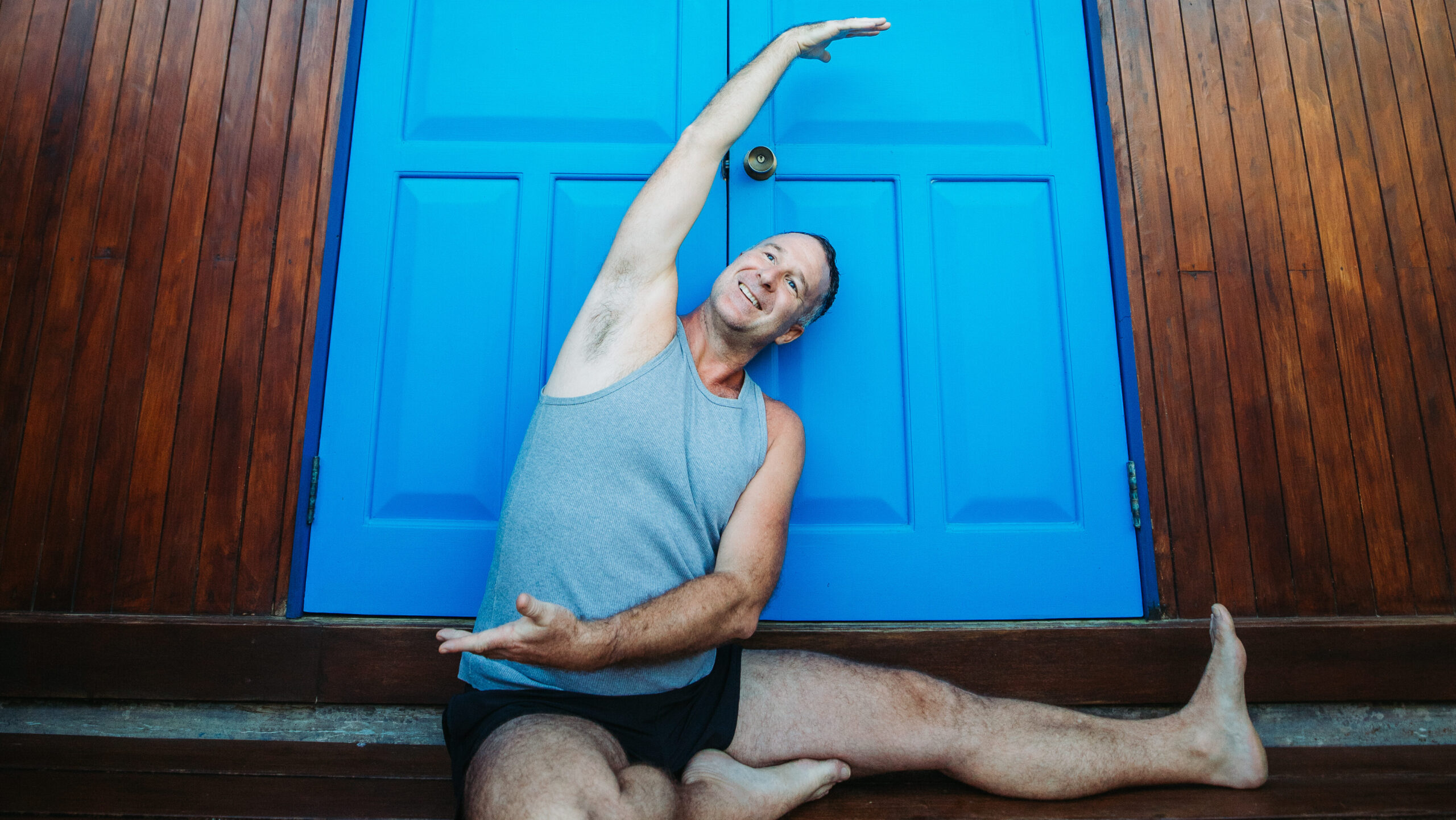
In fact, most yogis today practice a form of yoga influenced by Krishnamacharya — even if they do not realize it.
Krishnamacharya introduced thousands of individuals to the practice of yoga during his decades-long career, but there are four students I’d like to note. You might have heard these influential names before, as each of these students became renowned yogis in their own right, developing unique yoga lineages that would further evolve the industry and impact how millions of people practice yoga:
- K. Pattabhi Jois
- B. K. S. Iyengar
- Indra Devi
- T. K. V. Desikachar (Krishnamacharya’s son)
These yogis were influential in spreading yoga to the west, where yoga classes began to pop-up in local YMCAs and fitness centers.
As yoga has skyrocketed in popularity throughout the last 50 years (and has become an $88 billion industry), we’ve seen the emphasis shift away from spiritual enlightenment — even though the origins of yoga had nothing to do with flexibility.
Suddenly inexperienced Western yoga teachers began encouraging students to yank their bodies into pretzel-like shapes in the name of flexibility and wellness.
Mention yoga today, and most people imagine Lululemon yoga mats, brightly patterned leggings, and of course, stretching and flexibility…
…not calming the mind, tapping into your life’s purpose, and finding peace amidst the undulating waves of the world.
Sthira sukham asanam: Stillness and joy
As we round up our discussion on the evolution of yoga, I’d like to return to an oft-quoted yoga sutra, sutra 2.46: sthira sukham asanam, translated as “resolutely abide in a good space.”
The Yoga Sutra says that when we master sthira and sukha, we no longer become disturbed in life. More specifically, we don’t feel pulled this way and that way by life’s many distractions. Instead, we are steadfast and resolute — a pillar of equanimity no longer bothered by what is happening in the outside world.
And yet, how many of you have been to a yoga class that focused on the quality of stillness? One that focused on transforming the mind so we can feel at peace as we move through life?
I know these classes are out there, but they are few and far between.
As we reflect on the legacy of yoga, I hope that we can begin to flip the script on flexibility and stretching — that we can eliminate these words from our yoga vocabulary to instead focus on stability and effortlessness.
What if we began to teach people how to activate their bodies so that they can start to activate their whole life?
One thing is clear to me:
Yoga is a vehicle to return home to that most sacred place within us.
Yoga removes suffering from our lives so we can ultimately manifest and live our purpose. It is a tool to turn inwards, giving us what our body and mind need.
First, we must stop stretching our bodies to their breaking points to access this internal wellspring of happiness.
The physical assets of yoga will fade with time, but the internal benefits will last a lifetime.
It’s time we switch our focus from flexibility to stability and finally start to feel better with every fiber of our being. Will you join me?
If you’re ready to restore balance to your body through yoga so that you can begin your pain-free journey, I invite you to learn more about you can work with me here. It would be my honor to support you!



